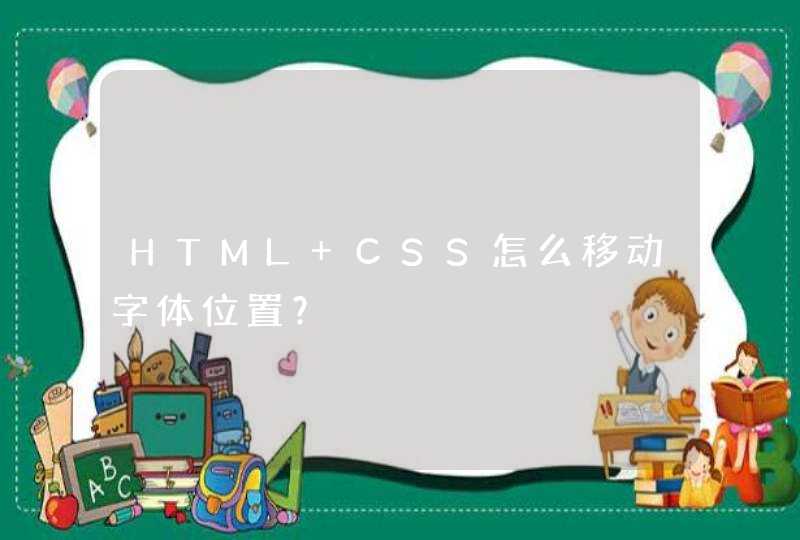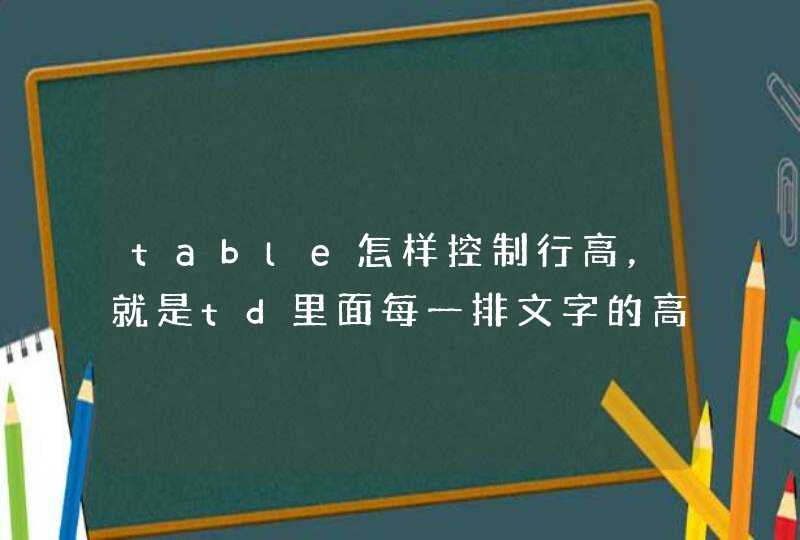
How to Build a Website Step 1 — Hosting:Hosting is where you put your website and all the web pages. While it’s possible to build a website on your personal computer and never move it online, it’s pointless. No one but you will ever see it. So the first thing you’ll want to do is find a web hosting provider.There are several types of web hosting options you can choose from:Free Web hostsStandard web hostingDedicated, Virtual, and Shared HostingColocationMost people gravitate to free web hosting without too much thought, but there can be drawbacks to free hosting. You don’t always get as much space, you might be required to run their ads on your site, or there may bebandwidth limits. There are sometimes limitations on what can be put on a free hosting provider—for example, some don't allow ecommerce or gambling or other types of content. Some free hosting providers tack on charges like maintenance and renewal fees on their “free” accounts. Be sure to read all the fine print before you put your website on a free web host. I recommend using free hosting providers for testing web pages and for personal pages, but not for websites you hope to make money from.Find a Web Hosting Provider — links to other sites for help finding a good hostWeb Hosting Reviews — find out what other users thinkWeb Hosting Profiles — overviews of several hosting providersHow to Build a Website Step 2 — Do You Need a Domain Name?:A domain name is a friendly URL people can type into their browser to get to your website.
You don’t need a domain name to put up a website. You can put up a site on free hosting or even paid hosting plans without a domain name. A domain name provides extra branding for your site and makes it easier for people to remember the URL. But domain names cost money, typically between $8 and $35 a year.Get a URL that People Can FindHow to Buy a Domain Name with Network SolutionsHow to Register a Website Domain — VideoHow to Build a Website Step 3 — Plan Your Website:Once you’ve gotten a domain and decided on your URL, you can plan your site. You need to decide:Type of site — Most websites are either news/information, product, or reference sites. As such they each have a slightly different focus.Navigation — The navigation affects the information architecture of your site.Content — Content is the actual pages you will build.Play the Web Page Types game. If you can recognize page types, you’ll be able to recognize what types of pages you need for your site.How to Build a Website Step 4 — Build Your Website Page by Page:Building a website requires you to work on one page at a time. To build your site you should be familiar with:Design Basics — The elements of good design and and how to use it on websites.Learning HTML — HyperText Markup Language or HTML is the building block of a web page. While it’s not absolutely required, you’ll do better if you learn HTML than if you don’t.Learning CSS — Cascading Style Sheets or CSS is the building block of how pages look. And learning CSS will make it easier for you to change your site’s look when you need to.Web Page Editors — Finding the perfect editor for your needs will help you learn design, HTML, and CSS.How to Build a Website Step 5 — Publish Your Website:Publishing your website is a matter of getting the pages you created in step 4 up to the hosting provider you set up in step 1. You can do this with either the tools that come with your hosting service or with FTP (File Transfer Protocol) clients. Knowing which you can use depends upon your hosting provider. Contact them if you are not sure.How to UploadBest FTP Clients for WindowsBest FTP Clients for MacintoshHow to Build a Website Step 6 — Promote Your Website:The easiest way to promote your website is through search engine optimization or SEO. You build your web content so that it ranks well in search engines. This can be very difficult, but it is inexpensive and can have good results if you work at it.Other ways to promote your site include: word of mouth, email, and advertising. You should include your URL on all professional correspondence and whenever it makes sense in personal messages. I put my URL in my email signature along with my email address.Improve Your Page Views — With More HitsBoosting Your HitsCreate a Great Home PageWeb Marketing ArticlesHow to Build a Website Step 7 — Maintain Your Website:Maintenance can be the most boring part of website design, but in order to keep your site going well and looking good, you need to do it. Testing your site as you’re building it and then after it’s been live for a while is important. New devices come on the market all the time, and the browser makers are always improving their browsers. You should also work on content development on a regular basis. The more content you create and add to your site the more visitors you will get.How to Preview Your Web PagesSolving Problems in Web DesignHow to Use BrowserCam to Review Your Website6 Ways to Get UnblockedWhat to Write AboutWriting Web Pages that Meet Your Customers’ Goals、数学基础。数学基础知识蕴含着处理智能问题的基本思想与方法,也是理解复杂算法的必备要素。这一模块覆盖了人工智能必备的数学基础知识,包括线性代数、概率论、最优化方法等。
2、机器学习。机器学习的作用是从数据中习得学习算法,进而解决实际的应用问题,是人工智能的核心内容之一。这一模块覆盖了机器学习中的主要方法,包括线性回归、决策树、支持向量机、聚类等。
3、人工神经网络。作为机器学习的一个分支,神经网络将认知科学引入机器学习中,以模拟生物神经系统对真实世界的交互反应,并取得了良好的效果。这一模块覆盖了神经网络中的基本概念,包括多层神经网络、前馈与反向传播、自组织神经网络等。
4、深度学习。简而言之,深度学习就是包含多个中间层的神经网络,数据爆炸和计算力飙升推动了深度学习的崛起。这一模块覆盖了深度学习的概念与实现,包括深度前馈网络、深度学习中的正则化、自编码器等。
5、神经网络实例。在深度学习框架下,一些神经网络已经被用于各种应用场景,并取得了不俗的效果。这一模块覆盖了几种神经网络实例,包括深度信念网络、卷积神经网络、循环神经网络等。
6、深度学习之外的人工智能。深度学习既有优点也有局限,其他方向的人工智能研究正是有益的补充。这一模块覆盖了与深度学习无关的典型学习方法,包括概率图模型、集群智能、迁移学习、知识图谱等。
7、应用场景。除了代替人类执行重复性的劳动,在诸多实际问题的处理中,人工智能也提供了有意义的尝试。这一模块覆盖了人工智能技术在几类实际任务中的应用,包括计算机视觉、语音处理、对话系统等。






































































